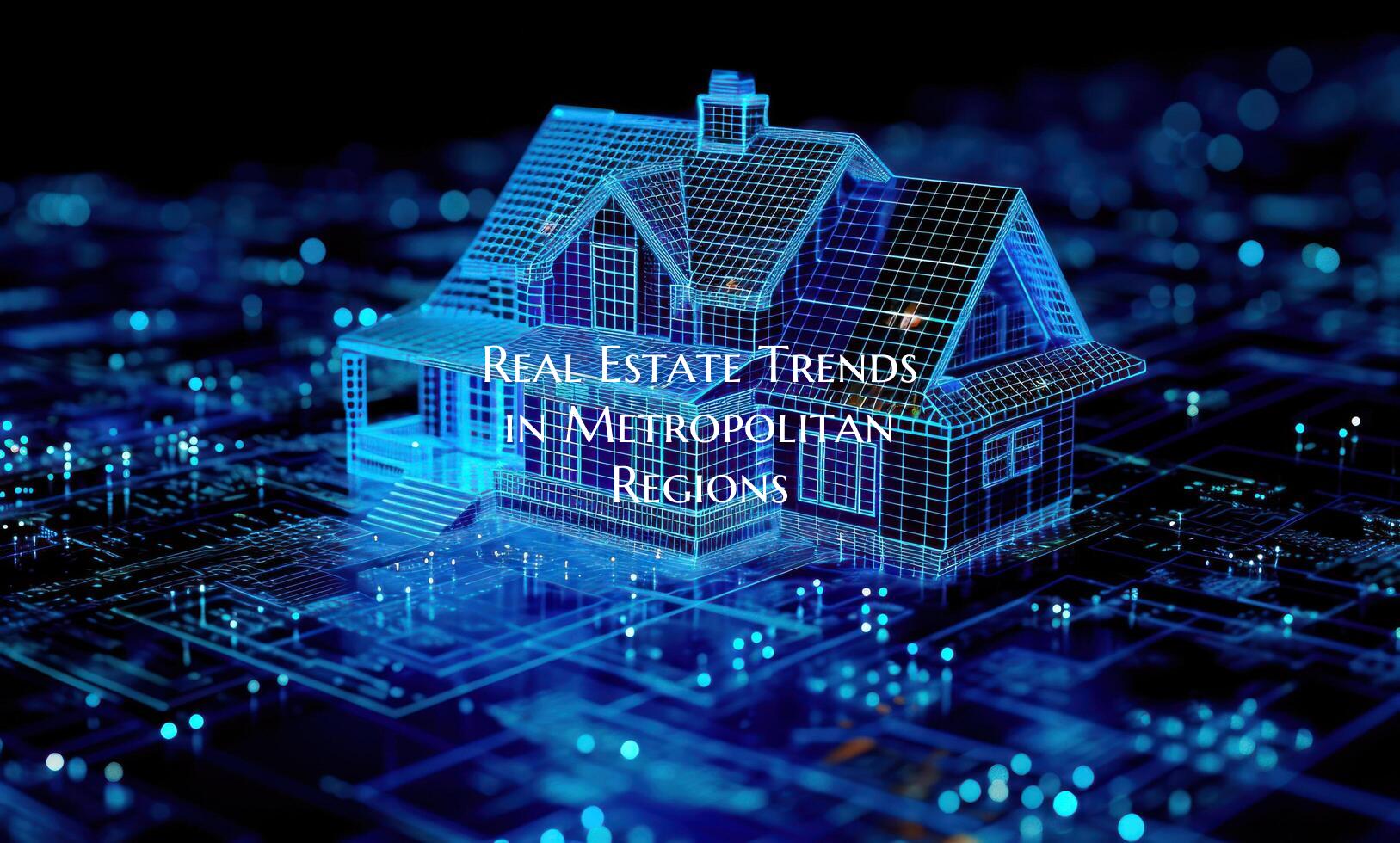Real Estate Trends in Metropolitan Regions

Introduction: Metropolitan regions around the world are hubs of economic activity, cultural diversity, and urban development. With populations growing and cities continuing to expand, the real estate landscape in these areas is constantly evolving. From shifting housing preferences to emerging technologies and sustainability considerations, real estate trends in metropolitan regions offer valuable insights into the future of urban living.
1. Demand for Smart and Connected Spaces: As technology advances, the demand for smart and connected spaces in metropolitan regions is on the rise. Homebuyers and renters are increasingly seeking properties equipped with cutting-edge technology such as smart appliances, energy-efficient systems, and automated security features. Developers are responding to this trend by integrating these technologies into new developments, creating a seamless and convenient living experience for residents.
2. Rise of Mixed-Use Developments: Mixed-use developments, which combine residential, commercial, and recreational spaces within a single property, are becoming increasingly popular in metropolitan regions. These developments offer residents the convenience of having essential amenities, such as shopping centers, restaurants, and green spaces, within walking distance of their homes. This trend not only fosters a sense of community but also contributes to the overall sustainability of urban areas by reducing the need for long commutes.
3. Sustainable and Eco-Friendly Practices: With growing awareness of climate change and environmental sustainability, real estate developers in metropolitan regions are embracing eco-friendly practices in their projects. From green building certifications to energy-efficient design principles, sustainable real estate development is a key trend shaping the future of urban living. Features such as green roofs, solar panels, and rainwater harvesting systems are increasingly being incorporated into new construction and renovation projects to reduce the environmental impact of urban development.
4. Shift towards Flexible and Remote Workspaces: The rise of remote work in response to the COVID-19 pandemic has transformed the way people view their living and working spaces. Metropolitan regions are seeing a shift towards flexible and remote workspaces, with an increasing number of professionals opting to work from home or coworking spaces rather than traditional offices. This trend is influencing the design of residential properties, with a greater emphasis on home offices, flexible living spaces, and access to high-speed internet connectivity.
5. Affordable Housing Initiatives: Affordable housing remains a pressing issue in many metropolitan regions, as rising property prices and rental rates continue to outpace income growth for many residents. To address this challenge, governments, non-profit organizations, and developers are implementing affordable housing initiatives aimed at increasing access to quality housing for low- and middle-income individuals and families. These initiatives include subsidized housing programs, mixed-income developments, and policies that encourage the construction of affordable housing units in urban areas.
Conclusion: Real estate trends in metropolitan regions reflect the dynamic nature of urban development and the evolving needs of residents in these vibrant urban centers. From smart technologies and mixed-use developments to sustainable practices and affordable housing initiatives, the real estate landscape in metropolitan regions is adapting to meet the demands of a changing world. By staying abreast of these trends, investors, developers, and residents can make informed decisions that contribute to the continued growth and prosperity of metropolitan regions around the globe.
